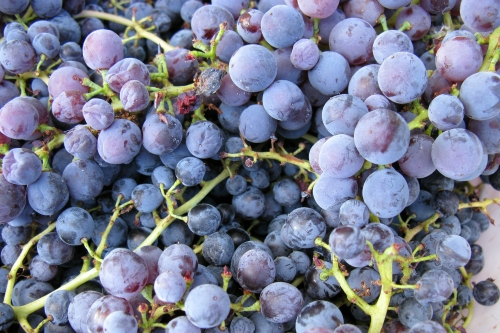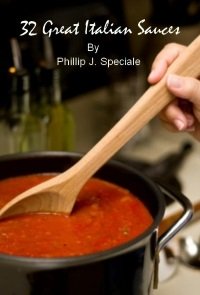Little Old Wine Drinker Me
|
|


Tradition
Making wine at home is becoming a lost art. Decades ago the majority of Italian immigrants living in the Little Italy sections of the city would skillfully create there own wines based on recipes left behind by their ancestors. Today very few families still make there own wines. Unfortunately, a lot of the old timers are gone and their children didn't carry on the tradition.
Regardless of all the varieties of delicious Italian wines that are available in the stores, there is nothing like a good old fashion glass of “Dago Red” to go with your pasta. This wine not only went with pasta, but also paired with meats, fish, chicken and desserts. It also went well with holidays, births, deaths and if you had a cold. There was no Cabernet, no Merlot or Pinot Grigios in the home. There were just two flavors, red or white. Mainly red. By the way only Italians can get away with calling it “Dago Red”.
Homemade wine making was economical in
the old days but the economy was not the most important reason for
making your own wine. It was the pride of making your family recipe.
It was the pride of having your family and friends together helping
you make the wine. It was the pride of giving bottles away to
friends for the holidays. This was far more important than the cost.
The best time for making wine was always the beginning of fall. At this time the grapes are purchased by the crate and the process of making wine begins. Forty or fifty pounds of blue grapes or better known as concord grapes would produce 5 to 6 gallons of wine. Depending on the family, anywhere from 20 to 100 gallons would be made per year. The majority of these wines were given away as gifts around Christmas and the rest was consumed throughout the year,
Once you have the grapes the fermentation process begins. The process is labor intensive but well worth the final product. First the barrels and the equipment must be thoroughly cleaned. Now the grapes are ready to be crushed. Modern electric crushers are now used as opposed to the wooden hand cranked crushers that your Grandfather may have used. The grapes along with sugar, yeast and water, are then left in barrels for weeks before they are ready for the next step. The yeast interacts with sugar and produces the alcohol. The juice is then poured into large jugs, capped and allowed to rest for a while so the all the sediment from the grapes settle to the bottom. Then comes the bottling process and the wait. The bottles are placed on their side for 6 months to a year before drinking.
Of course this all sounds simpler than it really is. The process is monitored and adjusted on a daily basis but thanks to modern technology the job is much easier than years ago. Just be patient and realize that the many things can go wrong. The wine can have too much pectin or bacteria. Fermentation can fail to start, the wine could be too sweet or full of sediment. Storing the wine in a room that's too hot or too cold can also affect to outcome of the flavor.
Thanks to the internet there are plenty
of sites devoted to wine making that can guide you through the
process of mastering this craft. Practice, practice, practice
and maybe you too can create that perfect batch of table wine. Eh Paisano! Pass the wine.
Buona Fortuna
Here is the basic recipe and procedure for making “Dago Red” wine:
Classic “Dago Red” Wine – Yields: 5-6 gallons of finished wine
- Secure 45-50 lbs. of the best quality Concord grapes you can get.
- Gently crush grapes, enough to break the skins.
- Place into a clean, open top container.
- Add 15 lbs of sugar to 1-2 gallons of lukewarm water (100°F to 110°F). Stir until dissolved and add to the grapes.
- Make sure to cover the container to keep out contaminants.
- In 24 hours, add one and one half packs of wine yeast.
- Stir the batch twice a day for 5-7 days, making sure to push the pulp down.
- If the room temperature is hot (80°F to 90°F), siphon out the juice in 5-6 days. If the room temperature is cooler, you can wait 6-7 days.
- Press the pulp as much as possible for more juice.
- Put wine into a wooden barrel, taking care not fill up to top as room is needed for expansion while it is working.
- Ferment juice for a few weeks, while gradually topping off. Keep loosely covered if in a wooden barrel.
- Ferment for three more weeks with airlock left on at all times and then rack. Attach airlock again.
- Rack again in another 3 weeks.
- When it slows down or stops fermenting, cap tight.
- When it stops fermenting completely, rack again, wait 7 days, then bottle.
As any wine, it is best to let it sit for at least a year to give it that authentic flavor. Of course, you can drink at any time...
|
|
NEW NEWSLETTER
Great-Chicago-Italian-Recipe.com
Leave Little Old Wine Drinker Me and Return to Italian Recipes
Leave Little Old Wine Maker Me and Return to
Copyright 2014 by Great Chicago Italian Recipes.com, All Rights Reserved












